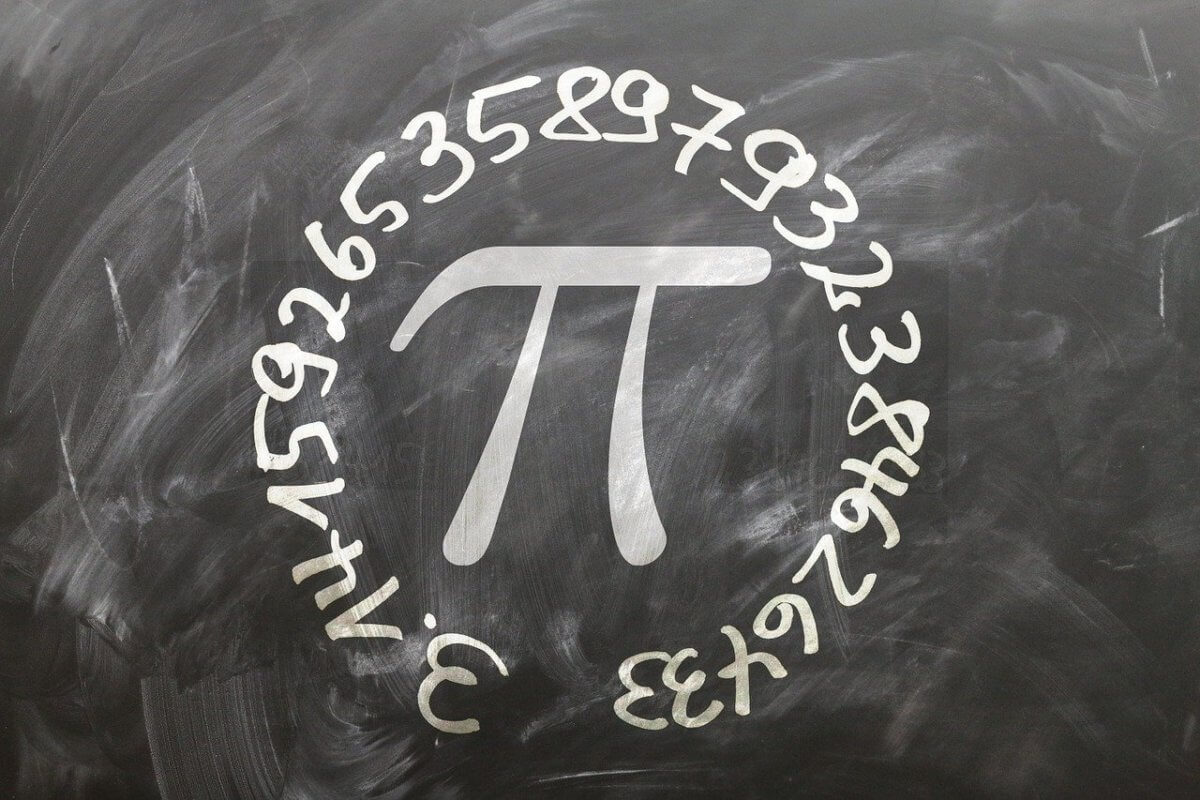Introduction to the origin of pi
What do you come up with when you think of March 14th? Many people’s first thought is probably White Valentine’s Day, and the answer is yes, but did you know? March 14 is not only the annual White Valentine’s Day, but also the “International Pi Day”. Mathematicians have designated this day as “pi day” to commemorate the fact that the date of this day is similar to the quality of pi.
In addition, many famous brands and platforms have sent out special offers, and there is even an event where the longer the circumference is recited, the higher the offer is, attracting a large number of consumers to make purchases on this day.
What is π? It is an irrational number, which means that π cannot be fully expressed as a fraction, i.e., its fractional part is an infinite noncyclic decimal. The concept of π has been quietly formed in human civilization since ancient times. Let’s understand the origin of pi together!
Experimental period – The first origin of pi
In ancient times π was already estimated to the first two digits, i.e. 3 and 1. It is even said that the ancient Egyptians already knew how to use 22 sevens (equal to 3.143), or 16 ninths squared (equal to 3.1605) as the approximate circumference. In the ancient Babylonian period, π was also introduced as approximately 25 eighths (3.125).
Geometry Period
As time evolved, mathematics developed in a more advanced and perfect system, and this period was also called the “geometric period”. By this time, people already knew how to cut the shapes to calculate the approximation. The most famous figures of this period were the Greek mathematician Archimedes and the Chinese mathematician Zu Chongzhi.

Archimedes made tangent hexagons inside and outside a circle, and calculated the lengths of the tangent hexagon and the inner hexagon to calculate the upper and lower limits of the circumference of the circle. Archimedes found π to be between 3.1408 and 3.1429.
The Chinese Zu Chongzhi also used the circle-cutting technique to calculate the length of 12,288-gon, and calculated the circumference to 7 decimal places to get the value of π between 3.1415926 and 3.1415927. The value of π is between 3.1415926 and 3.1415927. In fact, the calculation of π is very close to this point. Zu Chongzhi was selected as the first scientist in the world to calculate the value of pi to the 7th decimal place by the World Record Society, and he contributed greatly to the origin of pi.
Infinity Level
In the 16th and 17th centuries, the calculation of pi began to be converted to the infinite series. In short, it is a more precise calculation of pi using the convergent nature of the series. This series is infinitely close to, but does not reach, the target value of π, which mathematicians have always wanted to calculate.
Computer Period – The latest period of the origin of pi
With the advancement of technology, the development of computers has accelerated the progress of mathematics. Among them, iterative algorithms are famous. The iterative algorithm was developed in the 1970s. Iteration, as the name implies, repeats a particular loop of the calculation function by taking the result of the previous calculation as the initial value of the next one and applying it to the calculation so that the result of the calculation gradually approaches the desired value.
Iterative algorithms are widely used because they converge faster than the infinite series and the number of correct bits increases geometrically with each additional iteration. The following figure shows one of the iterative algorithms for your reference, but the complicated process and assumptions are not explained here.

Other
In fact, the origin of pi is so importent that π is always present in our life. Here we share with you a physical phenomenon related to π:
References:

